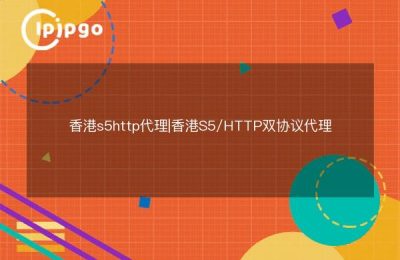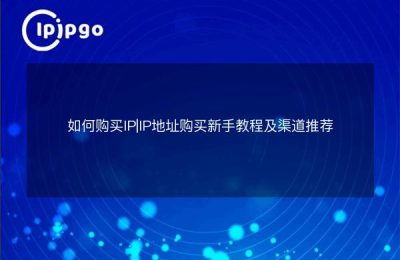
With the rapid development of the information age, people's demand for accessing transnational network resources is increasing. And among them, the practice and application of domestic proxy foreign IP technology has become the focus of attention of many Internet users.
I. Fundamentals of Domestic Proxy Foreign IP Technology
Domestic proxy foreign IP technology, as the name suggests, that is, through the proxy server will be the domestic user's request forwarded to a foreign IP address. Its basic principle can be simply summarized in the following steps:
1. The user sends a request for access to a foreign website through a browser or other web access tool.
2. The request is first sent to a proxy server, which is located in the country.
3. The proxy server receives the request, repackages it and sends it to the foreign server.
4. The foreign server receives the request and returns the corresponding data to the proxy server.
5. The proxy server then forwards the data to the original requesting user, who can then access web content on foreign IPs in China.
With the domestic proxy foreign IP technology, users can trick foreign servers into believing that our requests come from foreign countries. In this way, we can break through the restrictions that only allow access to certain countries and enjoy the Internet resources around the world!
II. Practical Methods of Domestic Proxy Foreign IP Technologies
Now let's talk about the practice methods of domestic proxy foreign IP technology. Here are some common practice methods for your reference and use:
1. Virtual Private Network: This is one of the most common and simplest methods of domestic proxy foreign IP technology. By installing an application, users can easily choose to browse the web using IPs from other countries.
2. Proxy server: By setting up a proxy server, users can let their requests pass through domestic servers and then return to realize access to network resources on foreign IPs. Proxy servers have free and paid, you can choose according to their own needs Oh.
3. Tor network: The Tor network is a free and open network capable of providing anonymous access and proxy services. By using the Tor browser, users can successfully realize the goal of domestic proxy foreign IP. Of course, the security aspect also needs to be paid more attention to, after all, network security issues are not a joke.
III. Recommended application of foreign IP technology for domestic agents
Domestic proxy foreign IP technology is widely used. Here are a few of the more common recommended applications:
1. Domestic shopping experience: Through the use of domestic proxy foreign IP technology, users can directly access domestic e-commerce platforms, such as Amazon, eBay, etc., to enjoy the favorable and convenient shopping experience of domestic goods.
2. Domestic Video Viewing: Many video websites limit access to specific countries, and we are especially interested in watching dramas and movies that are only popular in China. By using the domestic proxy foreign IP technology, we can bypass these restrictions and enjoy watching domestic popular movies.
3. Cross-border resource sharing: There are many domestic learning resources and technical experiences in various industries. Through domestic proxy foreign IP technology, we can easily access these valuable resources and improve our knowledge.
To summarize, the domestic proxy foreign IP technology is a very interesting and practical technology. By mastering the related practical methods and recommended applications, we can swim in the transnational network world and share all kinds of interesting resources and information. We hope that everyone can recognize and master this technology to make our network world more colorful!








